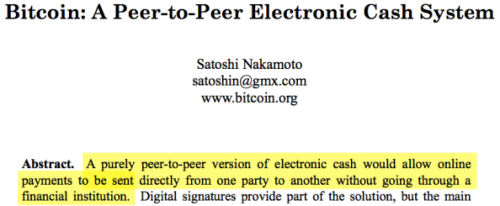The new dynamics of strategy: sense-making in a complex and complicated world
The new dynamics of strategy: Sense-making in a complex and complicated world Kurtz & Snowden et al., IBM Systems Journal, 2003
Tomorrow we’ll be taking a look at a paper recommended by Linda Rising during her keynote at GOTO Copenhagen earlier this month. Today’s choice provides the necessary background to the Cynefin (Kin-eh-vun) framework on which it is based. If I had to summarise Cynefin in one sentence I think it is this: one size does not fit all. And following that, I value the insight that sometimes we operate in domains where there isn’t a straightforward linear cause-and-effect relationship, although we like to act as though there is!
In addition to the paper, I found watching Dave Snowden’s keynote talk “Embrace Complexity, Scale Agility” (on YouTube) to be helpful.
The development of management science, from stop-watch-carrying Taylorists to business process reengineering, was rooted in the belief…
View original post 1,498 more words

 Artist’s depiction of the surprising popularity of deep learning techniques across a variety of disciplines.
Artist’s depiction of the surprising popularity of deep learning techniques across a variety of disciplines.